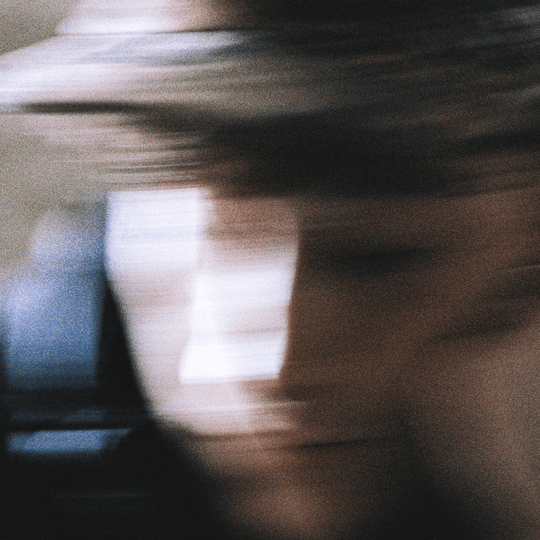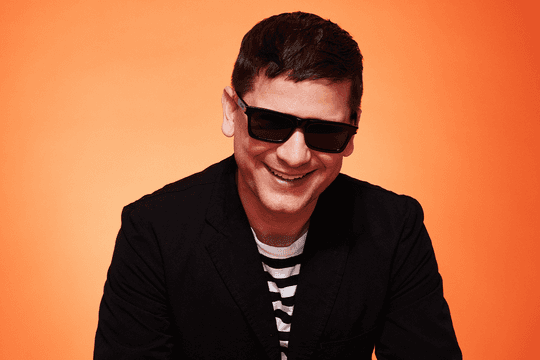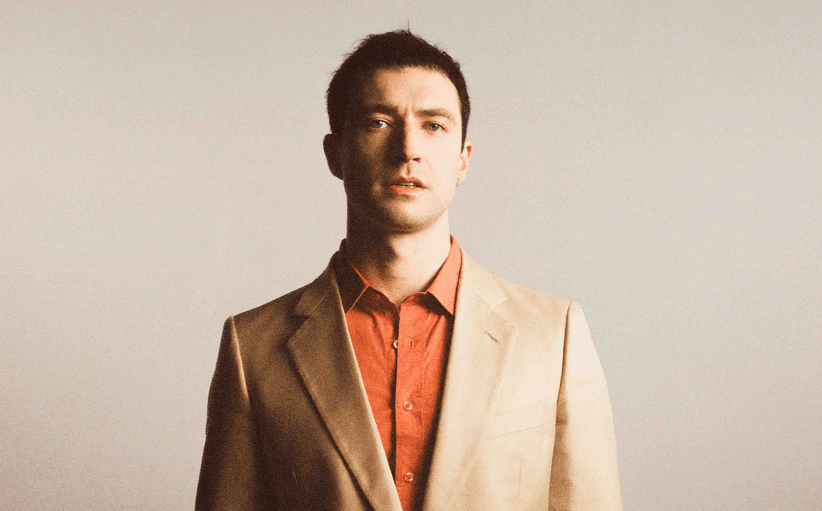10 Best
27.09.2012, Words by dummymag
10 videos that tell the story of electronic music, according to The Science Museum
Recent years have seen an increased interest in the prehistory of electronic music, in particular the work of the Radiophonic Workshop and other early experimentors. Merel van der Vaart, the Science Museum’s associate curator of ‘Oramics to Electronica: Revealing Histories of Electronic Music’ will be leading an Electronic Music Day on 29 September 2012, and below she lists 10 essential YouTube clips that tell the story of electronic music’s heady birth.
- L’Enfer, Jean-Phillippe Calvin
This first clip doesn’t actually contain any electronic sounds, but the sound of the flower-like instruments on the left really reminds me of the early sounds produced by the BBC Radiophonic Workshop. I’d never come across this instrument before. It’s called a Cristal Baschet and I just love its sound as well as its sculptural quality. Apparently it was invented in the early fifties, so around the time Daphne Oram and others started experimenting with similar sounds using oscillators and filters. This is a piece by Jean-Philippe Calvin, one of our speakers on Electronic Music Day. He will talk about how the use of new technologies has become a part of his compositional process.
- Xenakis Interview
Jean-Philippe Calvin will also talk about Iannis Xenakis, an architect –cum-composer with whom he studied. For those who aren’t familiar with Xenakis’ work I can recommend this interview. I find it fascinating how he was inspired by relatively common events to create a very mathematical compositional process.
- Mycenae Alpha, Iannis Xenakis
In the 1970s Xenakis developed a computerised musical composition tool called UPIC which uses a visual imputing system. Of course this reminds me of Daphne Oram’s work with the Oramics Machine, although in reality the functionality of the UPIC is probably more similar to the Fairlight CMI. Either way, I find it intriguing that various people were thinking about drawing sounds, and were looking for new ways to visualise their compositions. Of course, with the arrival of electronic sounds, the existing score notation no longer worked for composers.
- The Ocean, Desmond Briscoe & Daphe Oram, Amphitryon 38, Daphne Oram and Science & Industry, Phil Young
Compared to Xenakis’ piece, the BBC Radiophonic Workshop’s early work is very minimal, but we shouldn’t forget that some twenty years lie between Oram’s Amphitryon 38 and Xenakis’ Mycenae Alpha. Amphitryon 38 is the first entirely electronic piece Daphne Oram made for the BBC. It was made for a television play with the same name before the Radiophonic Workshop existed. I like how it’s much more about creating a mood instead of a catchy signature tune. In her private studio Oram also made some very melodic pieces though; for example, her commissioned work for adverts such as ‘Power Tools’ and ‘Tumblewash’.
- Wee Have Also Sound Houses
It’s interesting how the mysterious sounds produced by the quirky looking Oramics Machine seem to have inspired this image of Daphne Oram as a mysterious and quirky woman. A lot of truths, half-truths, myths and lies about Oram seem to be floating around on the internet. Maybe it’s because she left such a vast archive and she had such varied interests – some quite spiritual, some almost mathematical – that people find it hard to paint a picture of her. I’m looking forward to Jo Hutton’s talk at the Electronic Music Day, which will be focussing not so much on the technology of the Oramics machine, but much more on the creative mind that built it. This documentary is also pretty good.
- Visiting Hugh Davies
I’m very pleased Dr. James Mooney will be joining us on Electronic Music Day to talk about Hugh Davies. We have a large collection of his instruments and tools, some of which are on display in the ‘Oramics to Electronica’ exhibition at the moment. Hugh Davies was a musician, composer and inventor. He worked with Karlheinz Stockhausen and founded the Electronic Music Unit at Goldsmiths. His Sho-Zyg is also part of our collection and I was delighted to find this video in which we can see him playing it.
- What the future sounded like
The Science Museum are also hosting a panel discussion between former employees of the BBC Radiophonic Workshop and EMS (Electronic Music Studios). The Radiophonic Workshop has had quite a lot of attention in recent years, but the story of EMS is at least as interesting. What the Future Sounded Like is a lovely documentary about their work in the 60s and 70s. EMS might be best known for developing the VCS3 synthesiser, but they saw themselves much more as a music studio than a synthesiser manufacturer.
- Private Dreams & Public Nightmares
Private Dreams & Public Nightmares is a milestone in the history of the BBC Radiophonic Workshop even though it was made before the Workshop existed. What I love most about this piece is the introduction by Donald McWhinnie in which he explains the purpose of the ‘Radiophonic poem’ and the sound effects used in it. He takes five minutes to explain this new art form. I wonder how many people switched off their radio before the piece had even started.
- Sculptress of Sound: Doctor Who Theme Tune 1963-1969
Of course the most famous work of the BBC Radiophonic Workshop was its sound effects, and the opening track they made for Dr Who. The score was written by Ron Grainer, but the actual music was created by Delia Derbyshire and Dick Mills. In this clip Delia and some of her colleagues at the Radiophonic Workshop talk about the creation of this famous piece.
- Structures Sonores, Lasry & Baschet
In Sculptress of Sound Delia Derbyshire describes how the producer of Dr Who was inspired by Structures Sonores, music created by Jacques and Yvonne Lasry and the Baschet brothers. And this brings us back to those wonderful Cristal Baschets that we started with. Acoustic instruments that sound like electronics. To me this represents the creativity of those early electronic music composers and musicians. It didn’t matter what instruments or technology you used, what really mattered was the search for new sounds.
The Science Museum will be hosting their Electronic Music Day on Saturday 29th September.
Find out more here
You might like
10 Best
Videos
Playlists













